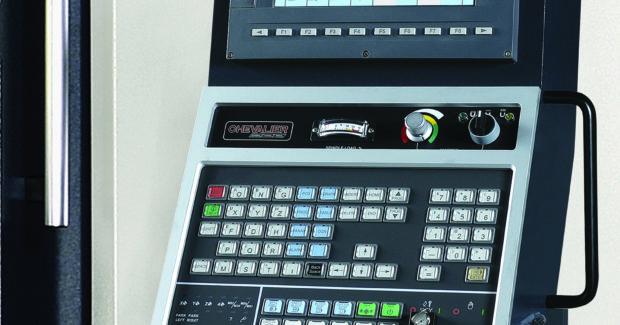Coherent’s Sapphire Reaches Milestone with 55,555 Lasers Sold
Sapphire lasers are best sellers due to flow cytometry, confocal microscopy, and other applications in life sciences and metrology.
Posted: March 15, 2022
| Celebrating 55,555 Sapphire lasers sold! The industry standard for cytometry, genomics, microscopy, and much more, Coherent Sapphire lasers are available in wavelengths and formats to fit your needs — and save over a ton of CO2 compared to ion lasers. |
Lasers that produce blue light have all kinds of important applications, particularly for the fluorescence techniques used widely in life sciences. For many years, the only available lasers that delivered blue light used bulky glass tube technology. These ion lasers were big – up to several feet long – used a huge amount of electrical power, needed lots of cooling water, and required frequent adjustment by skilled technicians. But there was really no alternative. So, they became widely adopted, and many biological applications were designed specifically to work with their blue output wavelength of 488 nanometers.
Sapphire blue lasers – Green benefits
The situation changed dramatically in 2001 when Coherent launched a new type of solid-state blue laser that avoided all these limitations. These new Sapphire lasers were small enough to fit in the palm of your hand, used 10X less power, and required no active cooling. They also provided a huge improvement in electrical efficiency. Assuming 2000 hours per year operation, a single Sapphire laser saves over a ton (>1000 kg) of CO2 compared to an ion laser with the same output power. With tens of thousands of these lasers currently operating, that’s a major contribution to the fight against global warming.
The other great thing about Sapphire lasers is their high-quality beam (and high beam quality was one of the few positive features of ion lasers). This is possible because the Sapphire is an optically pumped semiconductor laser (OPSL). The only alternative technology that has yet emerged at the magic 488 nm wavelength is the diode laser. While diode lasers have many undeniable advantages, they cannot match the beam quality of an OPSL. Plus, the great beam quality of the OPSL doesn’t change as the laser power is adjusted, unlike diode lasers.
Shedding the blues
It turns out OPSL have two other killer advantages. First, they can be made to produce just about any visible color – not just blue – which isn’t the case with either ion or crystal lasers. Second, they can be scaled to produce a wide range of power levels.
This has allowed Coherent to develop the Sapphire product line from just blue 488 nm into nine different wavelengths (colors) across the visible spectrum. And they are available over quite a spread of output powers.
The result is that users can get the color and the power they need. They don’t have to compromise by taking a wavelength that isn’t exactly what they want or buy a more powerful laser than they really need.
And we’ve further developed OPSL technology into other product lines, like our miniaturized, low-power “smart” OBIS lasers, which are very popular in flow cytometry. We’ve also got a higher power product called Genesis that’s used for everything from scientific research to light shows.















